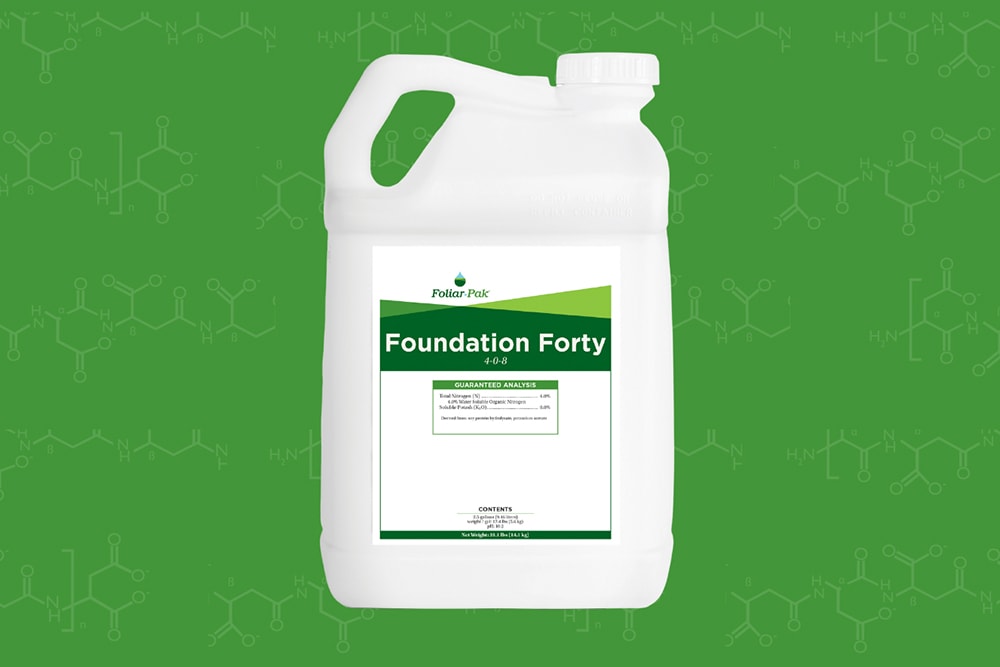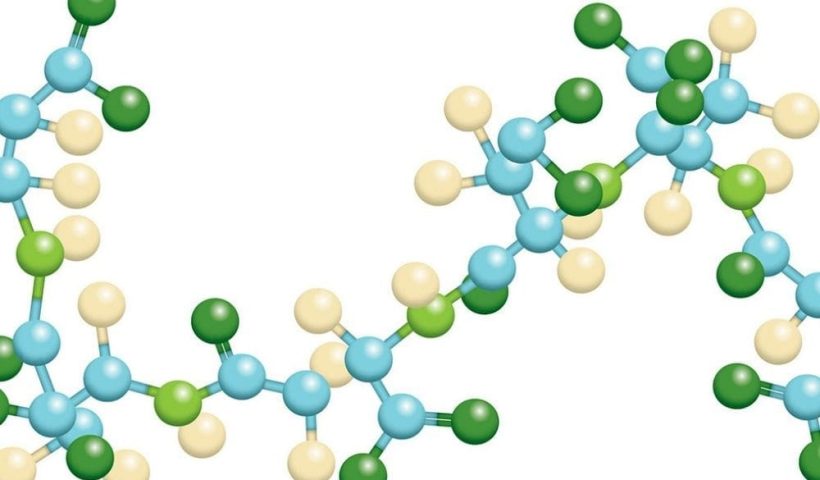
The ideal nitrogen source would release the exact amount of nitrogen the plant requires precisely when needed. But a product like that does not currently exist. Without it, superintendents become entangled in the mental gymnastics of predicting how much nitrogen is available in the soil, how much nitrogen the plant will take up, and how much nitrogen the plant will need. With these nebulous calculations in mind, superintendents must decide how much nitrogen to apply in the weekly or bi-weekly liquid fertilizer application. As you can see, many variables are out of control.
It’s a big guessing game that often leads to overapplying nitrogen and forcing too much top growth. There is no doubt that dialing in the correct nitrogen rate is vital. Still, it is sometimes impossible to do without threatening the long-term health of your turf stand or negatively affecting playability. With the production of excess leaf growth comes slower green speeds, more mowing, etc. Regarding plant health, the extra burning of carbohydrates reduces the plant’s energy reserves.
This brings us to Foundation Forty. When applied to turf foliage, Foundation Forty’s amino acids are quickly absorbed, metabolized, and utilized in several physiological processes that assist the plant in building and conserving carbohydrates. Plants receive the direct benefits of greater production of proteins, increased photosynthesis, and more efficient carbon dioxide assimilation. Foundation Forty even accomplishes those tasks directly, resulting in a reduction of some inorganic nitrogen inputs. Just what the turfgrass plant needs. Moreover, Foundation Forty also creates a tougher turf stand, more significant carbohydrate reserves, and more controlled growth, which is excellent news for intensely maintained turfgrass of any type!
We must consider the role of biotic and abiotic stressors in draining carbohydrate reserves. Playability and aesthetics are compromised when stress causes turf stands to weaken and thin out. So, with their job at stake, superintendents take measures to push recovery, applying more inorganic nitrogen to hasten top growth. But this measure is, once again, doing what we don’t want to do: drain carbohydrate reserves.
Regarding stressors, our research shows Foundation Forty amino acids are absorbed and quickly used to upload crucial anti-stress compounds. The anti-stress compounds protect the plant from heat, drought, salt, traffic, and other stresses, doing their job in limiting cellular decline from harsh conditions. So, regularly implementing Foundation Forty will protect plants from harsh stresses and avoid the need for nitrogen recovery applications, which has a net positive effect on carbohydrate reserves.



